UNESCO World Heritage Sites are renowned for their outstanding universal value and cultural significance. These sites, recognized and protected by the United Nations Educational, Scientific and Cultural Organization (UNESCO), offer a glimpse into our shared human history and natural wonders. With over 1,000 sites spread across the globe, choosing the best ones to visit can be a daunting task. In this comprehensive guide, we will explore 50 of the most remarkable UNESCO World Heritage Sites, ranging from ancient cities to natural wonders, and everything in between.
Roman Colosseum, Italy
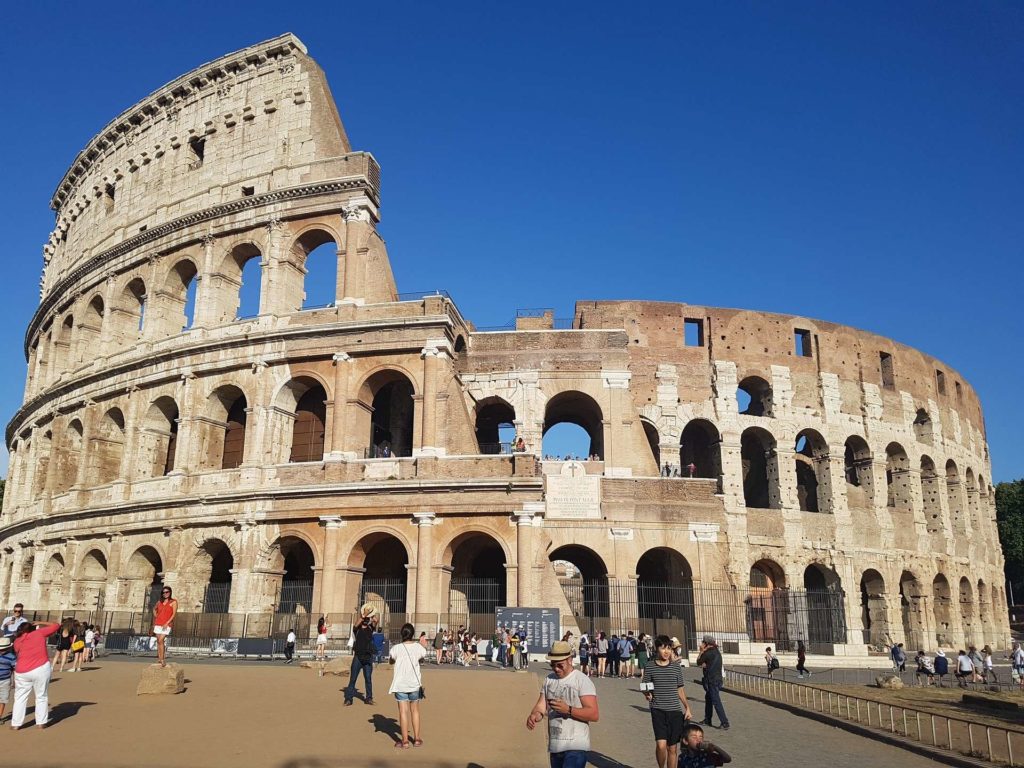
The Roman Colosseum is one of the most well-known sites in the world. This is the largest building left from Roman times. Its impressive presence in the heart of modern Rome is a testament to the city’s astonishing history and the achievements of the Roman Empire.
People that see the Colosseum for the first time cannot help but get fascinated by the appearance. Construction began in 72 AD, and today the Colosseum in Rome remains one of the largest tourist attractions in the world, making millions of tourists to come only to see it.
Address: Piazza del Colosseo, 1, 00184 Roma RM, Italy
Venice, Italy
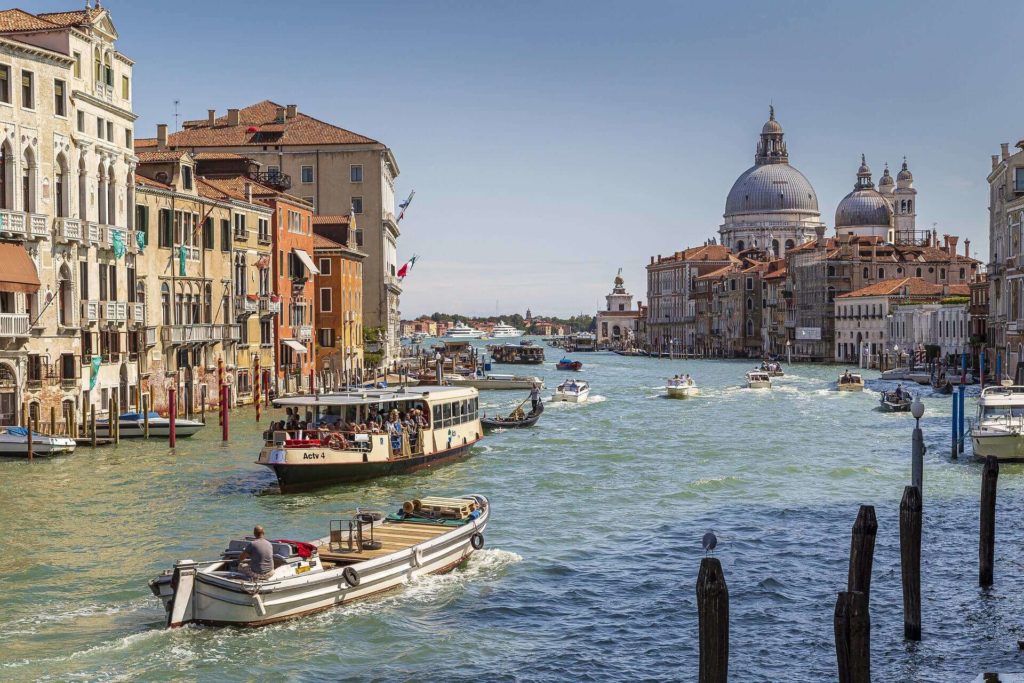
Venice, the “Floating City,” is a UNESCO World Heritage Site renowned for its unique blend of art, architecture, and canals. This picturesque city, built on a network of 118 islands, offers a glimpse into a bygone era of grandeur and romance. Exploring Venice’s narrow alleyways, crossing its iconic bridges, and cruising along its scenic canals is like stepping into a living painting. The city’s rich history, vibrant culture, and world-class cuisine make it a truly enchanting destination.
Vatican City

Vatican City, the spiritual and administrative headquarters of the Roman Catholic Church, is the world’s smallest independent state. Home to St. Peter’s Basilica, the Sistine Chapel, and the Vatican Museums, it is a treasure trove of art, history, and spirituality. The grandeur of St. Peter’s Basilica, the awe-inspiring frescoes of the Sistine Chapel, and the extensive art collections housed within the Vatican Museums offer a profound cultural and religious experience. Exploring the Vatican City is a pilgrimage for art lovers and history enthusiasts alike.
Lascaux and Lascaux II, France
The Lascaux Cave in the Dordogne region of France is famous for its unusual cave paintings, considered one of the most exquisite in the world from the Paleolithic period. The images are over 17,000 years old and are mostly animals that are thought to have once lived there. The amazing paintings were discovered in 1940 and later recreated in a neighboring location known as Lascaux II, an exact reproduction of the original, located 200 meters from it to protect the original site from damage.
Address: Lieu-dit Lascaux, 24290 Montignac, France
Stonehenge, England
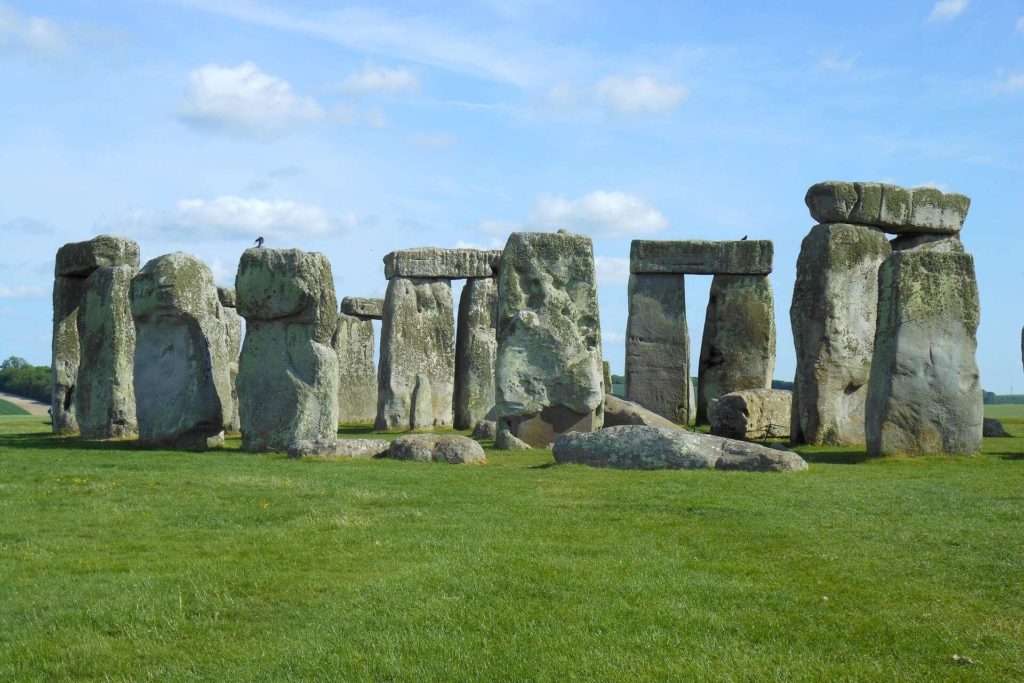
This prehistoric, mysterious monument is one of the most visited landmarks in Britain. It is located near the town of Salisbury and can be easily visited with a day trip from London. It is believed that the monument was built between 3000-1500 BC, but to this day there is no concrete data on its origin or purpose. For this reason, there are all sorts of versions of its origin, including of a religious nature, as well as hypotheses related to astronomy. The stones arranged in a ring have a mystical charm, especially during the summer and winter solstices, when the light from sunrise and sunset is equal to the stones.
Address: Salisbury SP4 7DE, United Kingdom
Rila Monastery, Bulgaria
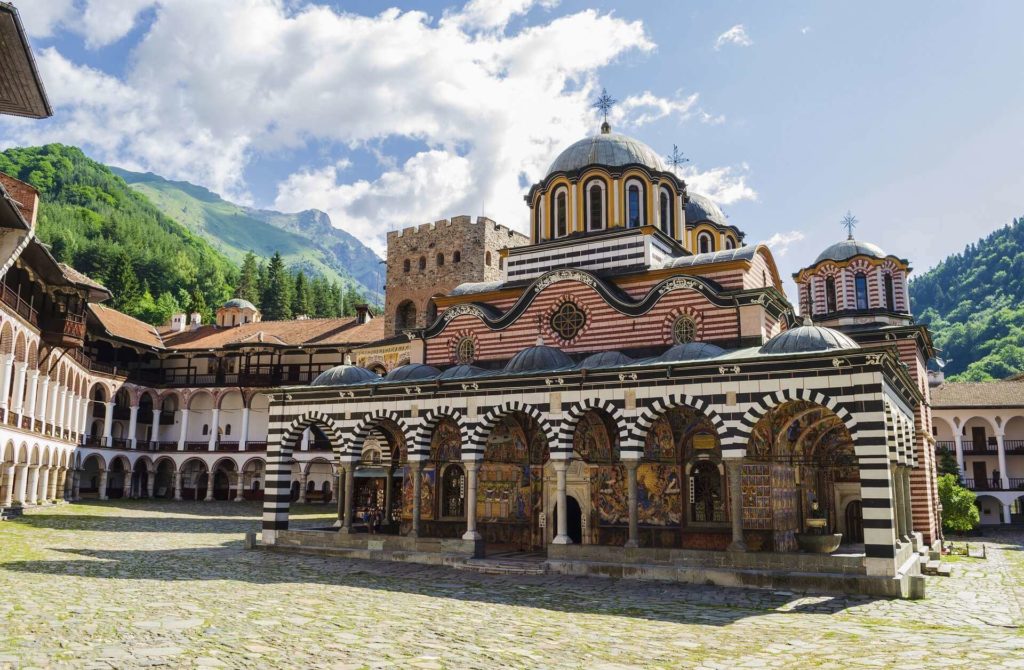
Rila Monastery, located in the scenic Rila Mountains of Bulgaria, is a masterpiece of Bulgarian and Byzantine architecture. Founded in the 10th century, it is the largest and most famous Eastern Orthodox monastery in the country. The monastery’s colorful domes, elegant colonnades, and intricate frescoes showcase the artistic and spiritual achievements of Bulgarian culture. Visiting Rila Monastery offers a glimpse into the rich traditions and religious heritage of Bulgaria, as well as the opportunity to explore the natural beauty of the surrounding mountains.
Plitvice Lakes National Park, Croatia
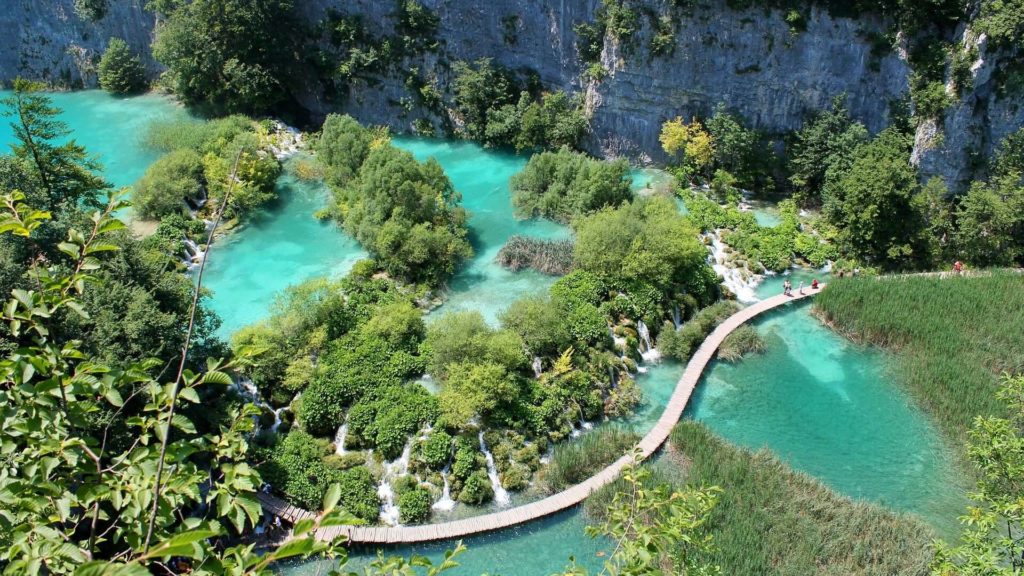
Plitvice Lakes National Park, located in central Croatia, is a natural wonderland of cascading waterfalls, turquoise lakes, and lush forests. The park is renowned for its unique system of interconnected lakes and waterfalls, which create a mesmerizing display of natural beauty. Exploring the park’s wooden walkways, hiking its scenic trails, and witnessing the vibrant colors of its lakes and waterfalls is like stepping into a fairytale. Plitvice Lakes National Park is a must-visit destination for nature lovers and outdoor enthusiasts.
Acropolis of Athens, Greece

The Acropolis, situated on a rocky hill overlooking Athens, is a symbol of ancient Greek civilization and the birthplace of Western democracy. The most iconic structure on the Acropolis is the Parthenon, a temple dedicated to the goddess Athena. Its stunning Doric columns and intricate friezes are a testament to the architectural and artistic achievements of ancient Greece. Exploring the Acropolis and its surrounding archaeological sites offers a journey into the world of ancient Athens and its enduring cultural legacy.
Cappadocia, Turkey

Cappadocia, located in central Turkey, is a geological wonderland of fairy chimneys, cave dwellings, and surreal landscapes. The region’s unique rock formations, shaped by millions of years of volcanic activity, have been transformed into homes, churches, and even entire underground cities by ancient civilizations. Exploring Cappadocia’s cave churches, taking a hot air balloon ride over its otherworldly landscapes, and staying in a cave hotel offers a truly magical and unforgettable experience.
Hierapolis-Pamukkale, Turkey
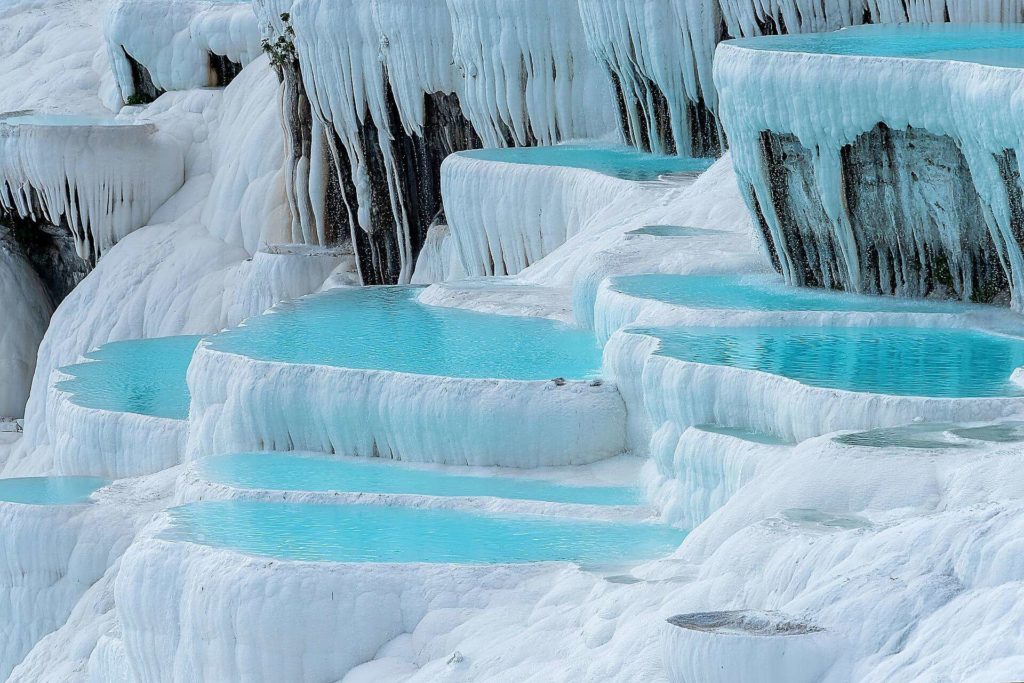
Translated from Turkish, “Pamukkale” means “cotton palace”. The place is composed of mineral “forests”, terraced pools, and petrified waterfalls. At the end of the 2nd century BC, the Attalid kings of Pergamon established the thermal SPA of Hierapolis to use its hot springs. Today, you can see the ruins of temples, baths, theaters, and other structures. Pammukale is a combination of history and impressive views, for which the place is deservedly in the list of UNESCO World Heritage Sites.
Taj Mahal, India
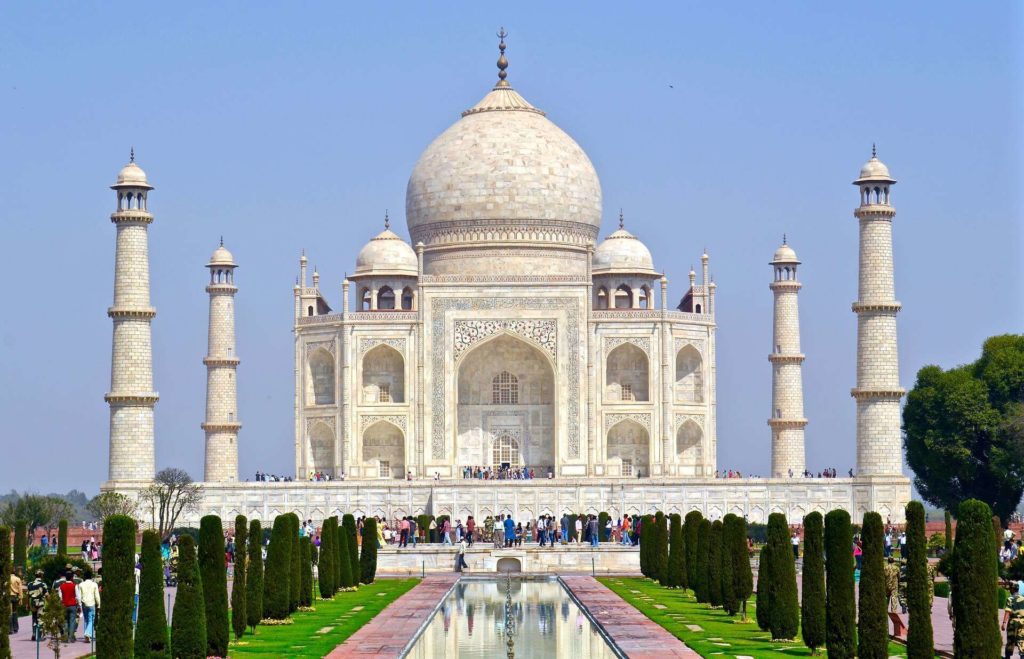
The Taj Mahal, an ivory-white mausoleum located in Agra, India, is an architectural masterpiece and a symbol of eternal love. Commissioned by Mughal emperor Shah Jahan in the 17th century, it was built as a mausoleum for his beloved wife, Mumtaz Mahal. The Taj Mahal’s exquisite marble facade, intricate carvings, and beautiful gardens make it one of the most iconic landmarks in the world. A visit to this UNESCO World Heritage Site is a journey into the rich history and cultural heritage of India.
Borobudur, Indonesia
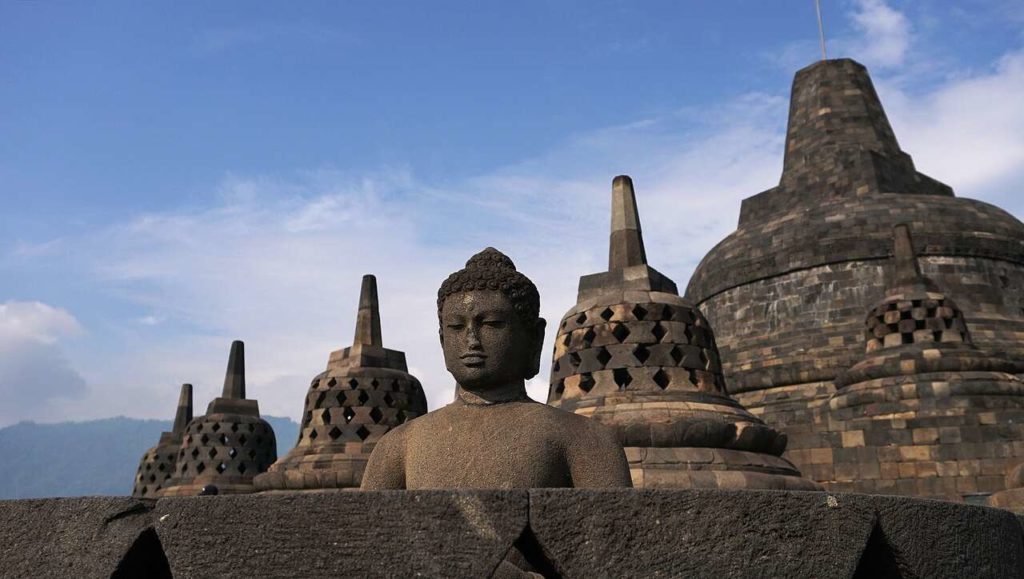
Borobudur is one of the most important Buddhist sites in the world and is also among the most famous landmarks of Indonesia, under the auspices of UNESCO World Heritage. It is located in a tropical setting, with mountains and volcanoes. This place is both visually stunning and soothing.
The massive temple complex is located on the island of Java, near Yogyakarta. It is believed to have been built in the 700s, but the site has been left probably due to volcanic activity in the area. Only centuries later, in 1800, was it discovered by the British and subsequently rebuilt.
Ayutthaya Historical Park, Thailand
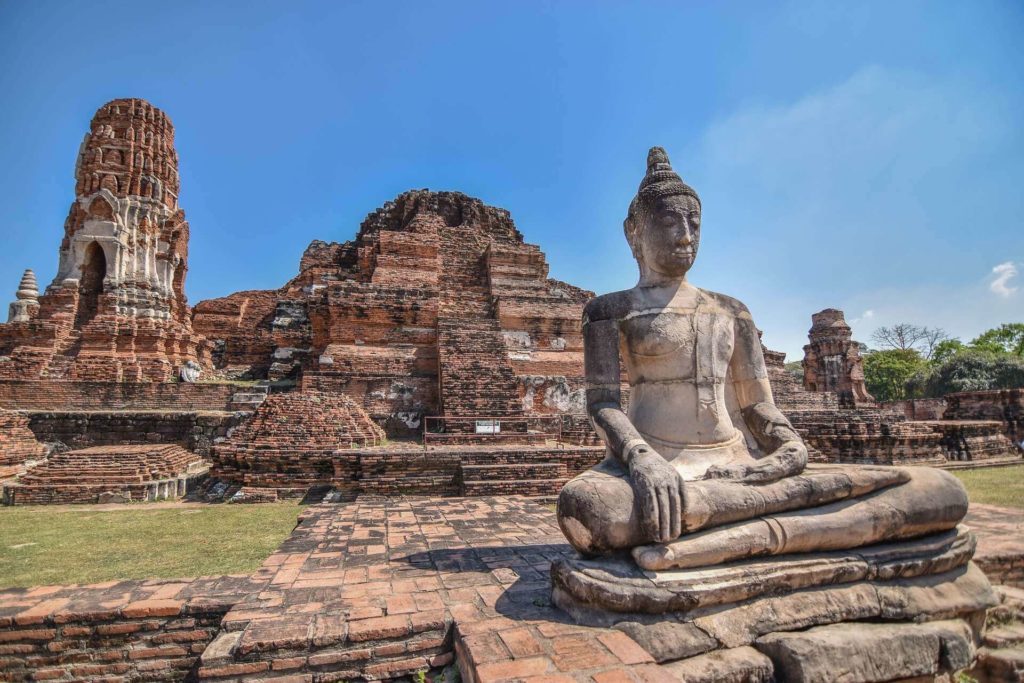
The island city of Ayutthaya in Thailand is one of the places in the world worth visiting. Founded in 1351 by King Ramathibodi I, it became the second capital of Siam. Today in the historic park Ayutthaya there are ruins, 289 hectares of which the park has received UNESCO status because of the unique Thai art. Among the many buildings, you can see there are the Buddhist temples Wat Mahathat, Wat Phra Sri Sanphet, and Wat Ratchaburana.
Great Wall of China
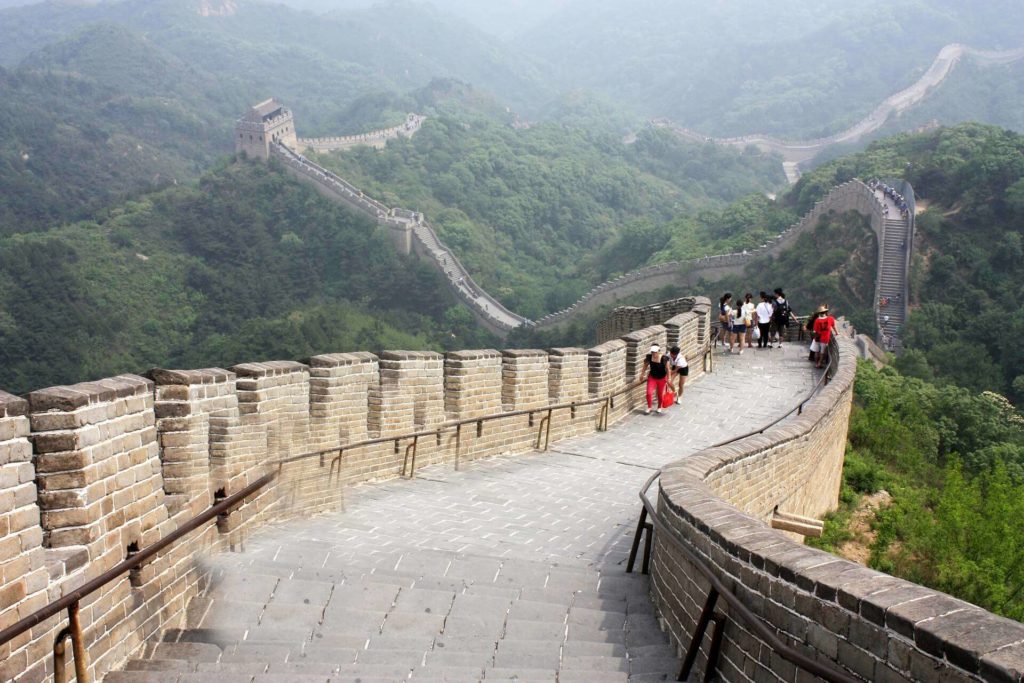
Stretching across thousands of miles, the Great Wall of China is one of the most iconic and monumental human-made structures in the world. Built as a defensive fortification, the Great Wall showcases the remarkable engineering skills of ancient China. Walking along the wall, exploring its watchtowers, and taking in the panoramic views of the surrounding countryside is a humbling experience. A visit to the Great Wall offers a glimpse into China’s rich history and its enduring cultural heritage.
Leshan Giant Buddha, China
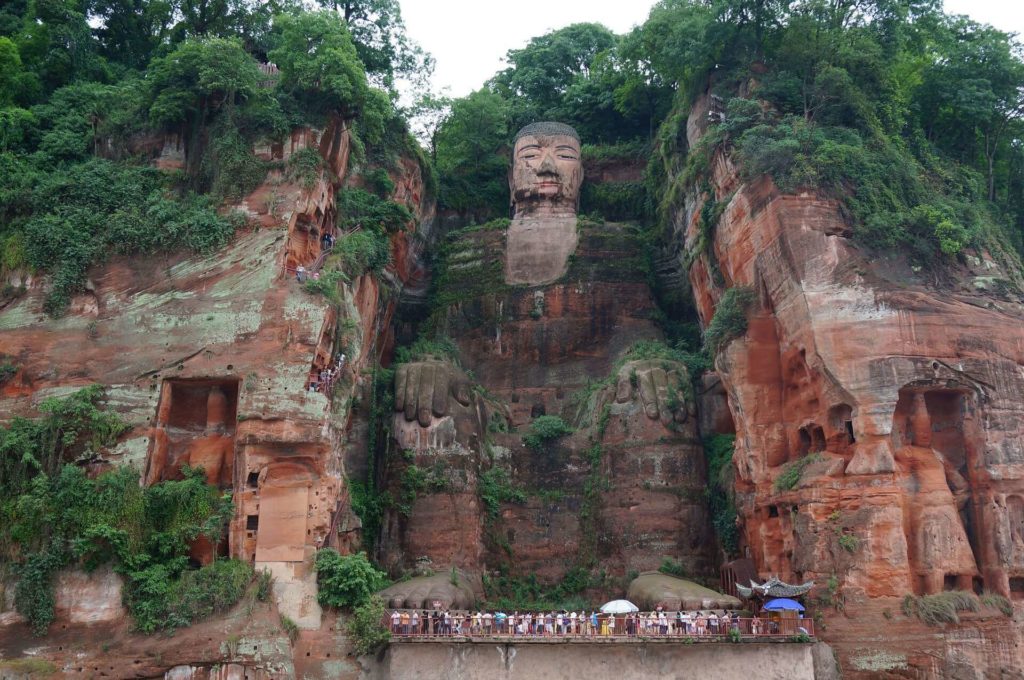
Carved into a cliff face overlooking the confluence of three rivers in Sichuan, China, the Leshan Giant Buddha is the tallest and largest Buddha statue in the world. Standing at a staggering 71 meters tall, this monumental statue is a testament to the artistic and engineering skills of ancient China. The serene expression and sheer scale of the Leshan Giant Buddha make it a truly awe-inspiring sight. Exploring the surrounding area and taking a boat cruise to view the statue from the river offers a unique perspective on this UNESCO World Heritage Site.
Terracotta Army, China

This site is truly incomparable. During the reign of Chinese Emperor Qin Shi Huang, the terracotta army was made up of thousands of huge warriors, each with a different face, standing in lines. The place was accidentally discovered by a local farmer who has been just digging for a well in the 70s of the 20th century. Terracotta warriors are believed to date back to the third century BC, and about 700,000 workers participated in the creation. It is estimated that there are about 8,000 terracotta warriors.
Wulingyuan, China
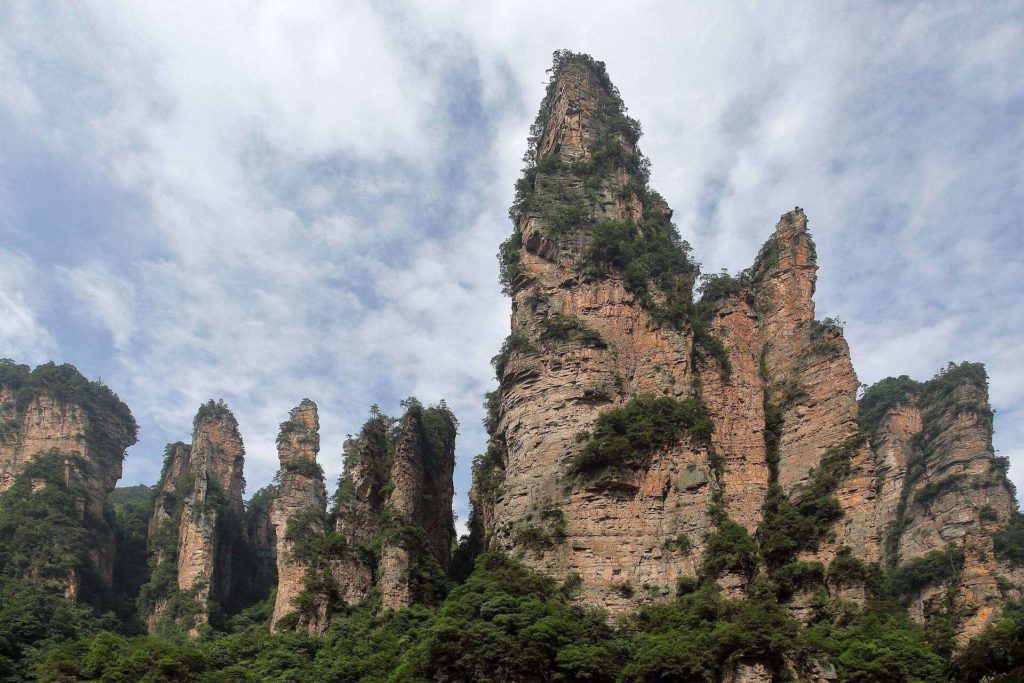
Wulingyuan is best known for more than 3,000 narrow peaks and pillars of quartzite sandstone. Many of them are over 200 meters high, which is a stunning view, but if you are lucky enough to see this place, you will find that you will like everything there: among the high peaks, there are lakes, rivers, streams, waterfalls, and two natural bridges, as well as about 40 caves. Wulingyuan is also known to be home to many endangered animal and plant species.
Bagan, Myanmar
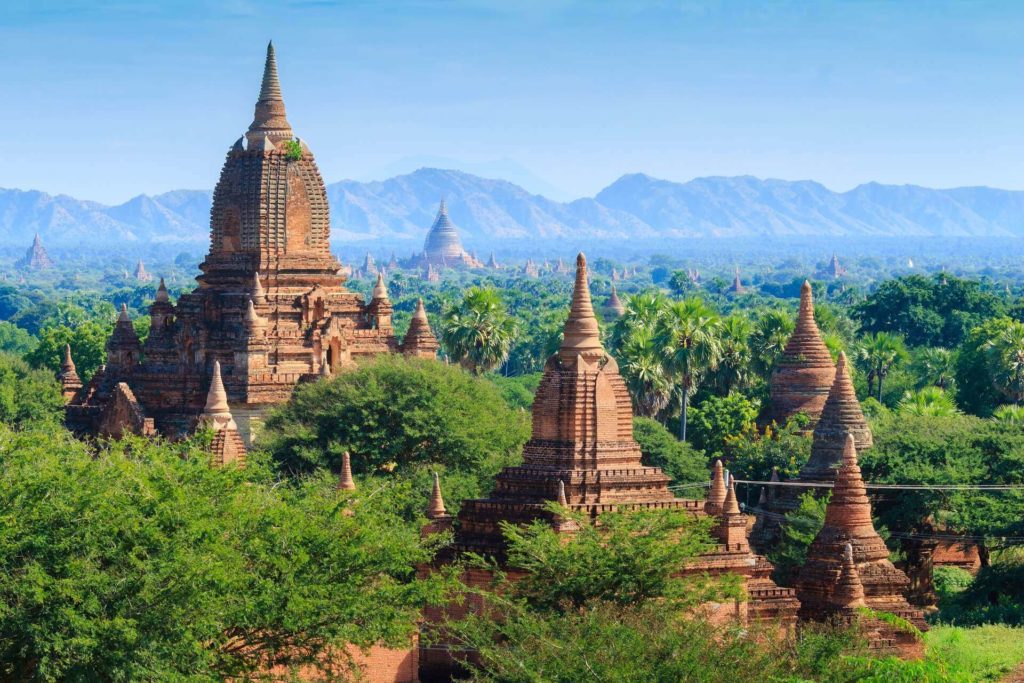
Viewed from above and from the side, these many ancient temples stretch across the landscape of Bagan so that you feel like you are in the setting of a fairy tale. This area is known for the largest concentration of Buddhist temples in the world. Most of them were built in the 1000s and 1100s.
At present, only some of these temples have been restored, while others are in the form of ruins. Each of them differs in size and level of sophistication, creating an impressive combination of structures. Once there, you will want to continue exploring this historic site. Conveniently, you can tour the area either with old bicycles, or with a horse and cart for rent, or ride a hot air balloon. The most civilized option is to rent a taxi. Whichever way you choose, you will get satisfied.
Angkor Wat, Cambodia

Angkor Wat, located in Cambodia, is the largest religious monument in the world and a true marvel of ancient architecture. Built by the Khmer Empire between the 9th and 15th centuries, it showcases the grandeur and artistic mastery of the Khmer civilization. With its intricate carvings, towering spires, and sprawling complex, Angkor Wat attracts millions of visitors each year. The temple’s fusion of Hindu and Buddhist influences, combined with its historical significance, make it a must-visit destination for any traveler.
Pyramids of Giza, Egypt

The Pyramids of Giza, located on the outskirts of Cairo, Egypt, are among the most iconic and enduring symbols of ancient civilization. Built as burial tombs for pharaohs during the Old Kingdom period, these monumental structures have fascinated people for centuries. The Great Pyramid of Giza, the largest and oldest of the three pyramids, is a testament to the engineering prowess and cultural achievements of the ancient Egyptians. Exploring the pyramids and the surrounding complex offers a glimpse into the mysteries of ancient Egypt and its rich history.
Abu Simbel, Egypt
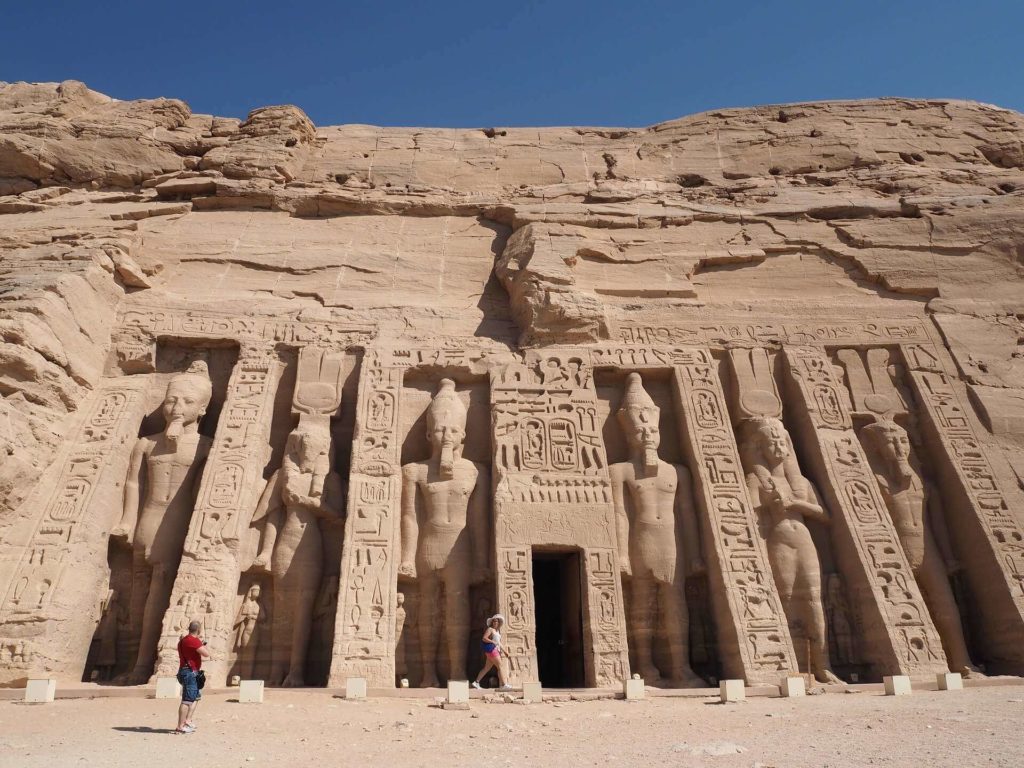
Located in southern Egypt, Abu Simbel is home to two colossal temples that were relocated to higher ground to save them from the rising waters of Lake Nasser. The Temple of Ramses II, with its four enormous statues of Ramses, and the Temple of Hathor are prime examples of ancient Egyptian architecture and artistic mastery. Exploring the intricate carvings, hieroglyphs, and grandiose structures of Abu Simbel offers a journey into the world of ancient Egypt and its pharaohs.
Petra, Jordan
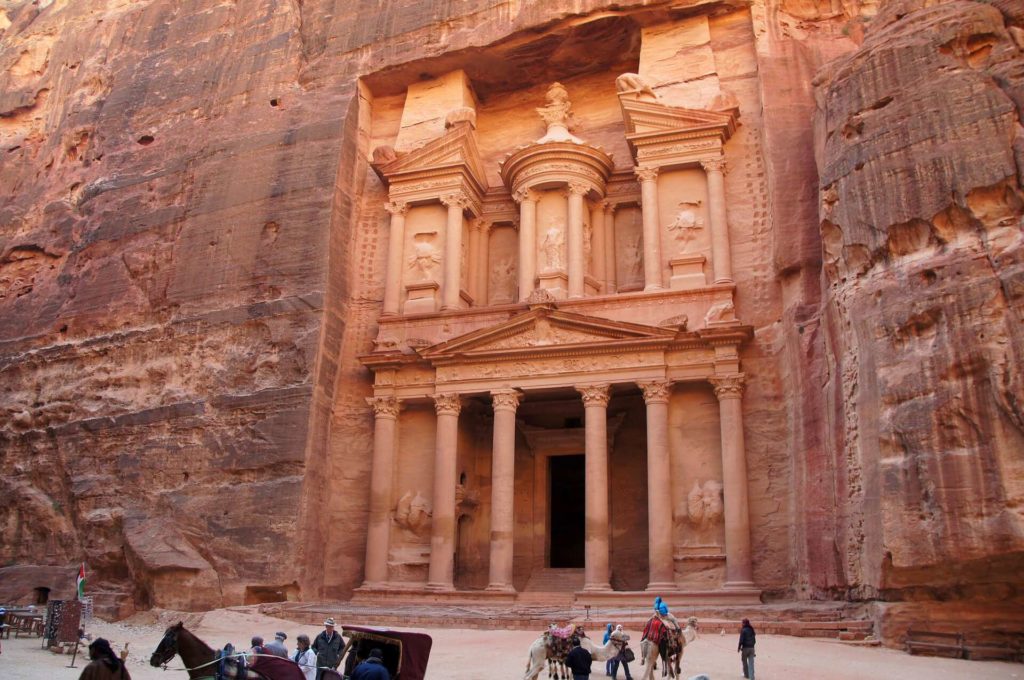
Hidden amidst the rugged mountains of Jordan, Petra is an ancient city carved into rose-colored sandstone cliffs. Known as the “Rose City,” Petra’s rock-cut architecture and intricate tombs showcase the architectural genius of the Nabatean civilization. The most iconic structure in Petra is the Treasury (Al Khazneh), with its elaborate facade and storied history. Exploring the narrow siq (canyon) that leads to Petra’s main entrance and uncovering the secrets of this UNESCO World Heritage Site is an unforgettable adventure.
Bam, Iran
Bam is a place famous for the creation of cotton and silk garments. Dating back to the 6th century Achaemenid Empire, it is located in an oasis. The lives of the local people depended on the underground irrigation canals, which are defined as one of the oldest in Iran. In Bam, you will see many historical structures, but the symbol is Arg-e Bam – the largest adobe building in the world. The technique of applying mud has been used in the past, and this majestic creation is proof of the will, talent, and diligence of the people.
Mayan Ruins of Tikal, Guatemala
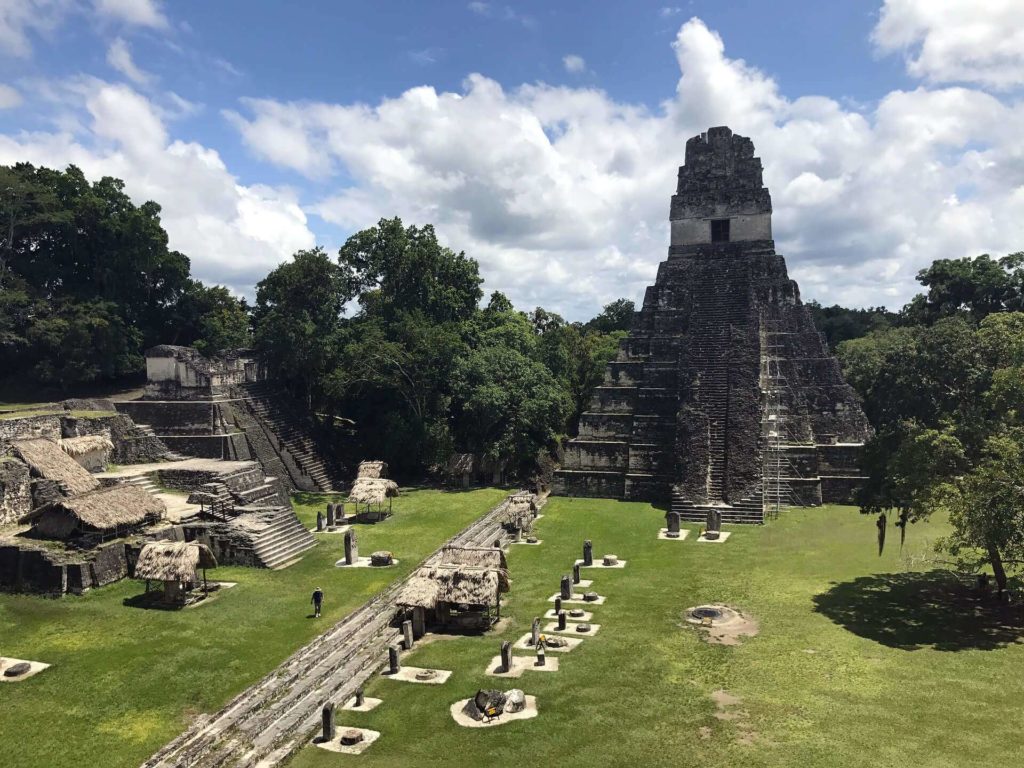
The ancient Mayan city of Tikal is located in northern Guatemala and is one of the most strategic archaeological sites in Central America. The site was opened in the mid-1800s and opened to tourists in the 1950s. Research excavations continue to this day, but the ruins are part of a national park that has the status of a nature reserve.
Mayan Ruins of Tikal is surrounded by jungle, with more than 3,000 structures of the city, which existed between 600 BC and 900 AD. You can see ancient pyramids, temples, squares, and foundations of various buildings which testify to a society of at least tens of thousands of people.
Chichen Itza, Mexico
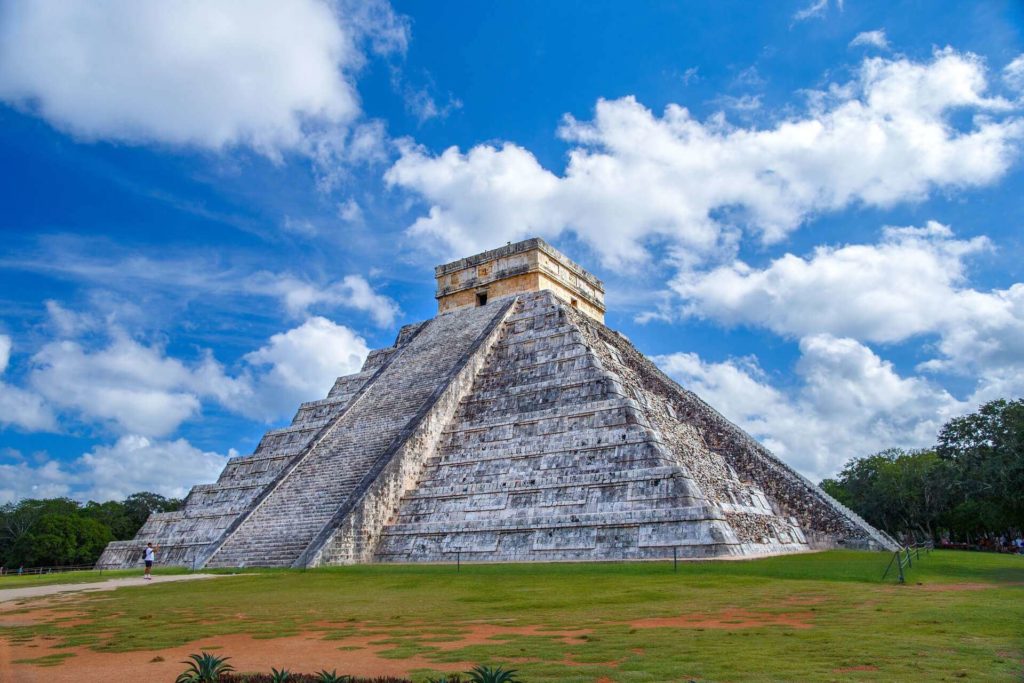
Chichen Itza, located on the Yucatan Peninsula in Mexico, was once the thriving capital of the Mayan civilization. This ancient city, known for its impressive pyramids and intricate carvings, offers a glimpse into the architectural and cultural achievements of the Mayan people. The iconic El Castillo pyramid, also known as the Temple of Kukulcan, is the centerpiece of Chichen Itza and a testament to the Mayans’ astronomical knowledge. Exploring the ruins of Chichen Itza and learning about the Mayan civilization is a journey into the mysteries and wonders of ancient Mexico.
Easter Island
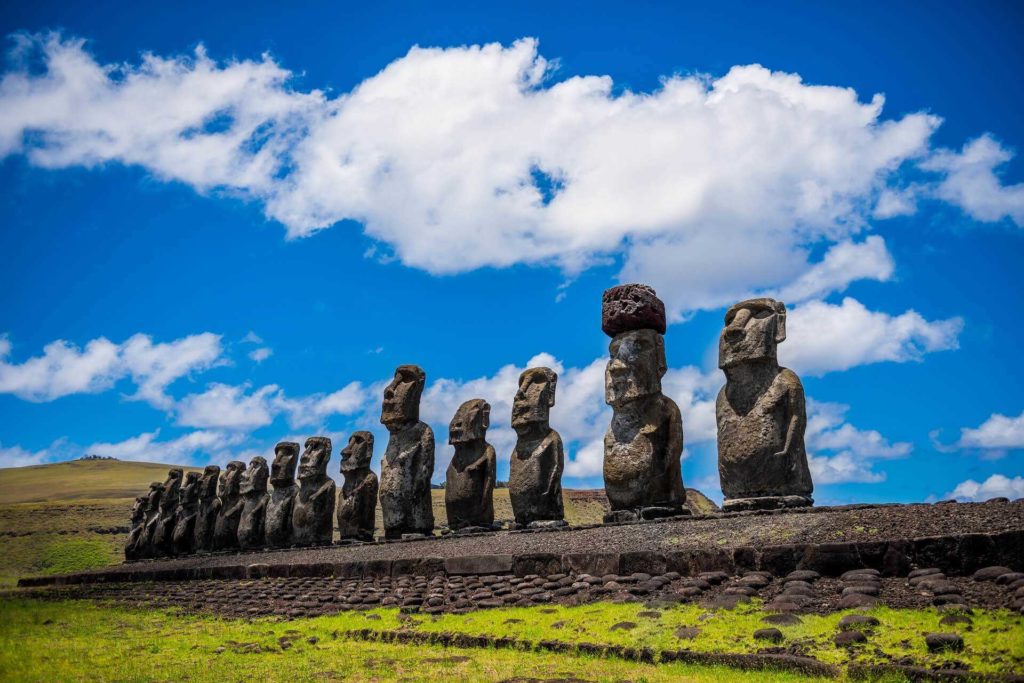
Easter Island, located in the South Pacific Ocean, is renowned for its enigmatic moai statues. These massive stone sculptures, created by the Rapa Nui people, are scattered across the island and offer a fascinating glimpse into an ancient civilization. With their solemn expressions and imposing presence, the moai statues have captivated the imagination of travelers and historians alike. Exploring the archaeological sites and learning about the culture and history of Easter Island is a truly unique and awe-inspiring experience.
Machu Picchu, Peru
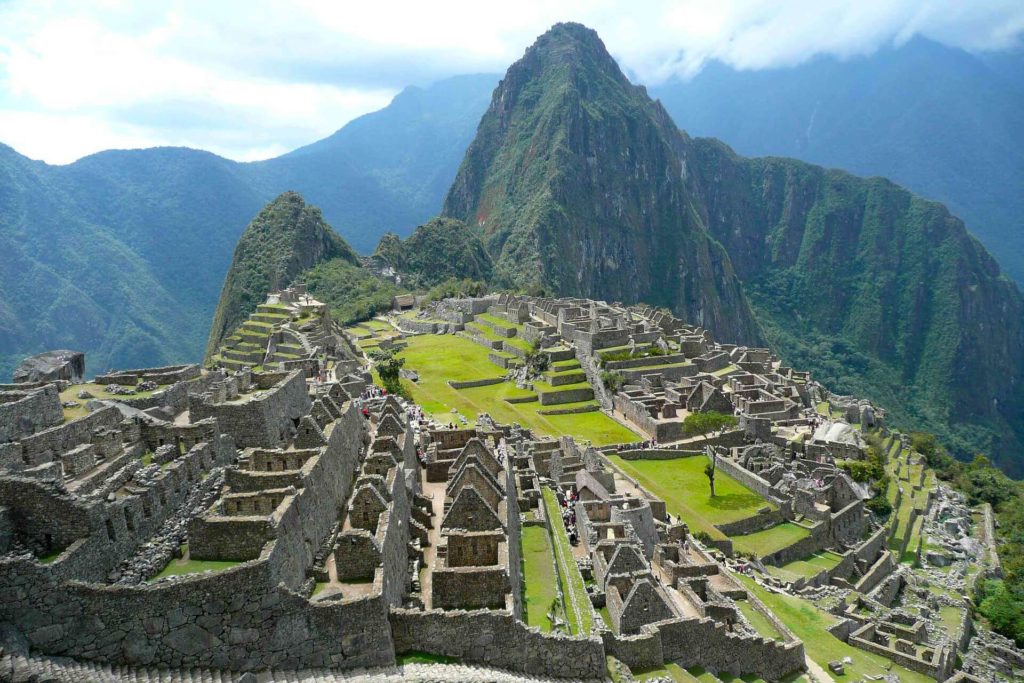
Perched high in the Andes Mountains, Machu Picchu is a testament to the ingenuity and architectural prowess of the Inca civilization. This ancient city, hidden amidst dense tropical forests, was rediscovered in 1911 and has since become one of the most iconic archaeological sites in the world. The intricate stone structures, terraced fields, and breathtaking panoramic views make Machu Picchu a must-visit destination for those seeking adventure and a deeper understanding of Inca culture.
Mesa Verde, USA
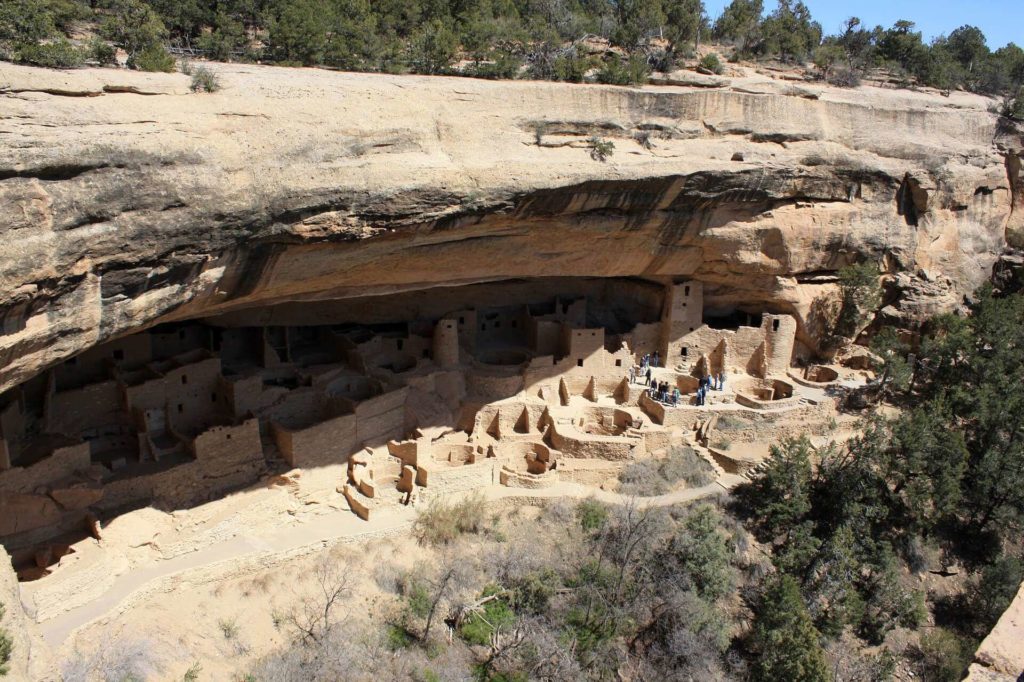
Mesa Verde is one of the most visually stunning archeological sites in the United States. It contains some of the best-preserved Indian ruins, the most interesting places being the dwellings of the rocks, hidden in the walls of the canyon.
The native ancient people called Puebloan have inhabited this area, in what is now Colorado, for hundreds of years. They lived on top of the plateau between the 6th and 12th centuries, and then in the dwellings of the rocks until the end of the 13th century. The plateau can be toured by car, and the more adventurous visitors can make an excursion with a guide through some of the dwellings on the rocks, personally climbing the stairs and exploring the site closely.
UNESCO World Heritage Sites are increasing in number, but you should always keep in mind the above, from which you will learn a lot, combining travel, relaxation, learning, and entertainment.
Angkor Wat, Cambodia
Angkor Wat, located in Cambodia, is the largest religious monument in the world and a true marvel of ancient architecture. Built by the Khmer Empire between the 9th and 15th centuries, it showcases the grandeur and artistic mastery of the Khmer civilization. With its intricate carvings, towering spires, and sprawling complex, Angkor Wat attracts millions of visitors each year. The temple’s fusion of Hindu and Buddhist influences, combined with its historical significance, make it a must-visit destination for any traveler.
Great Barrier Reef, Australia
The Great Barrier Reef, located off the coast of Queensland, Australia, is the largest coral reef system in the world. Stretching over 133,000 square miles, it is a vibrant ecosystem teeming with marine life and colorful coral formations. The reef is home to over 400 kinds of coral, more than 900 islands, and thousands of species of fish, turtles, and other marine creatures. Snorkeling or diving in the Great Barrier Reef offers an unparalleled opportunity to explore one of the most biodiverse habitats on the planet.
Old Havana, Cuba
Old Havana, the historic heart of the Cuban capital, is a living museum of Spanish colonial architecture and vibrant Caribbean culture. Its cobbled streets, colorful buildings, and lively plazas transport visitors back in time to a bygone era. The extensive system of defensive fortifications, including the famous Morro Castle, showcases Havana’s strategic importance in the colonial era. Exploring Old Havana’s unique blend of Neoclassical and Baroque architecture, enjoying live music in the streets, and immersing oneself in the vibrant local culture is an experience not to be missed.
Old City of Jerusalem, Israel
The Old City of Jerusalem is a sacred site for three major world religions: Judaism, Christianity, and Islam. Its ancient walls, narrow streets, and religious landmarks tell the story of thousands of years of history and cultural significance. From the Western Wall, the holiest site in Judaism, to the Dome of the Rock, an iconic Islamic shrine, the Old City is a place of profound religious and historical importance. Exploring its labyrinthine alleyways, visiting its numerous churches and synagogues, and witnessing the interplay of different cultures and faiths is a truly unique experience.
Itsukushima Shinto Shrine, Japan
Located on the island of Itsukushima, the Itsukushima Shinto Shrine is a testament to the harmony between nature and human architecture. The shrine’s most iconic feature is its floating torii gate, which appears to float on the water during high tide. The shrine complex, consisting of 20 interconnected structures, showcases the traditional Japanese architectural style and offers breathtaking views of the Seto Inland Sea. Exploring the shrine and its surrounding natural beauty is a serene and spiritual experience.
Cinque Terre, Italy
Cinque Terre, a collection of five picturesque coastal villages in Italy, is a UNESCO World Heritage Site known for its colorful houses, rugged cliffs, and breathtaking views of the Ligurian Sea. With its car-free streets and charming old town centers, the villages of Monterosso al Mare, Vernazza, Corniglia, Manarola, and Riomaggiore offer a glimpse into traditional Italian coastal life. Exploring the hiking trails that connect these villages, sampling local seafood and wine, and soaking in the stunning coastal scenery is a dream come true for any traveler.
Historic Centre of the City of Salzburg, Austria
Salzburg, the birthplace of Wolfgang Amadeus Mozart, is a UNESCO World Heritage Site renowned for its well-preserved Baroque and medieval architecture. The historic center of the city, a maze of charming alleyways and cobblestone streets, is a treasure trove of architectural gems. From the iconic Hohensalzburg Castle to the picturesque Mirabell Gardens, Salzburg offers a journey through centuries of European history and cultural heritage. Exploring the city’s unique blend of Italian and German influences, enjoying classical music performances, and indulging in traditional Austrian cuisine is a feast for the senses.
Works of Antoni Gaudi, Spain
Antoni Gaudi, the renowned Catalan architect, left an indelible mark on the city of Barcelona with his innovative and whimsical designs. His works, including the iconic Sagrada Familia and Park Guell, showcase a unique blend of nature-inspired forms, vibrant colors, and intricate details. Exploring Gaudi’s masterpieces offers a journey into the world of Catalan modernism and a deeper appreciation for the intersection of art, architecture, and nature. Barcelona’s vibrant culture, culinary delights, and stunning Mediterranean coastline make it the perfect backdrop for experiencing Gaudi’s architectural wonders.
Giant’s Causeway, UK
Giant’s Causeway, located on the coast of Northern Ireland, is a natural wonder steeped in mythology and geological marvel. This UNESCO World Heritage Site is renowned for its 40,000 interlocking basalt columns, which were formed by volcanic activity millions of years ago. The unique hexagonal shapes of the columns, resembling a giant’s pathway, create a surreal and otherworldly landscape. Exploring Giant’s Causeway and its surrounding coastal cliffs offers a glimpse into the geological forces that have shaped our planet over time.
Cultural Landscape of Bali, Indonesia
Bali, known as the “Island of the Gods,” offers a unique cultural landscape that combines natural beauty with ancient traditions. The rice terraces and water temples of Bali, including the Royal Water Temple of Pura Taman Ayun, are a testament to the island’s agricultural heritage and spiritual practices. Bali’s rich cultural heritage, vibrant festivals, and warm hospitality make it a truly enchanting destination for those seeking a deeper connection with nature and local traditions.
Yellowstone National Park, USA
Yellowstone National Park, located primarily in the U.S. states of Wyoming, Montana, and Idaho, is the world’s first national park and a natural wonderland. Spanning over 2.2 million acres, Yellowstone is home to dramatic canyons, alpine rivers, lush forests, and the famous Old Faithful geyser. The park is also a sanctuary for a diverse array of wildlife, including grizzly bears, wolves, and herds of bison and elk. Exploring Yellowstone’s geothermal wonders, hiking its scenic trails, and witnessing its unique wildlife is a truly immersive experience in nature’s grandeur.
Galapagos Islands, Ecuador
The Galapagos Islands, located in the Pacific Ocean off the coast of Ecuador, are a living laboratory of evolution and biodiversity. This remote archipelago is home to unique and endemic species found nowhere else on Earth, including giant tortoises, marine iguanas, and blue-footed boobies. Exploring the Galapagos Islands offers a once-in-a-lifetime opportunity to witness nature’s wonders up close and personal. Snorkeling with sea lions, hiking through volcanic landscapes, and observing the incredible diversity of wildlife make for an unforgettable adventure.
Los Glaciares National Park, Argentina
Los Glaciares National Park, located in the Patagonian region of Argentina, is a breathtaking landscape of towering glaciers, snow-capped peaks, and turquoise lakes. The highlight of the park is the Perito Moreno Glacier, one of the few advancing glaciers in the world. Witnessing the thunderous calving of icebergs and exploring the park’s extensive network of hiking trails offer a unique opportunity to immerse oneself in the raw power and beauty of nature.
Ha Long Bay, Vietnam
Ha Long Bay, located in northeastern Vietnam, is a UNESCO World Heritage Site renowned for its limestone pillars and emerald-green waters. The bay is dotted with nearly 2,000 islands and islets, each shrouded in legends and natural beauty. Exploring Ha Long Bay by boat, kayaking through its hidden caves, and witnessing the breathtaking sunset over the karst landscape is a truly magical experience. Ha Long Bay offers a glimpse into the natural wonders of Vietnam and the rich cultural heritage of the region.



